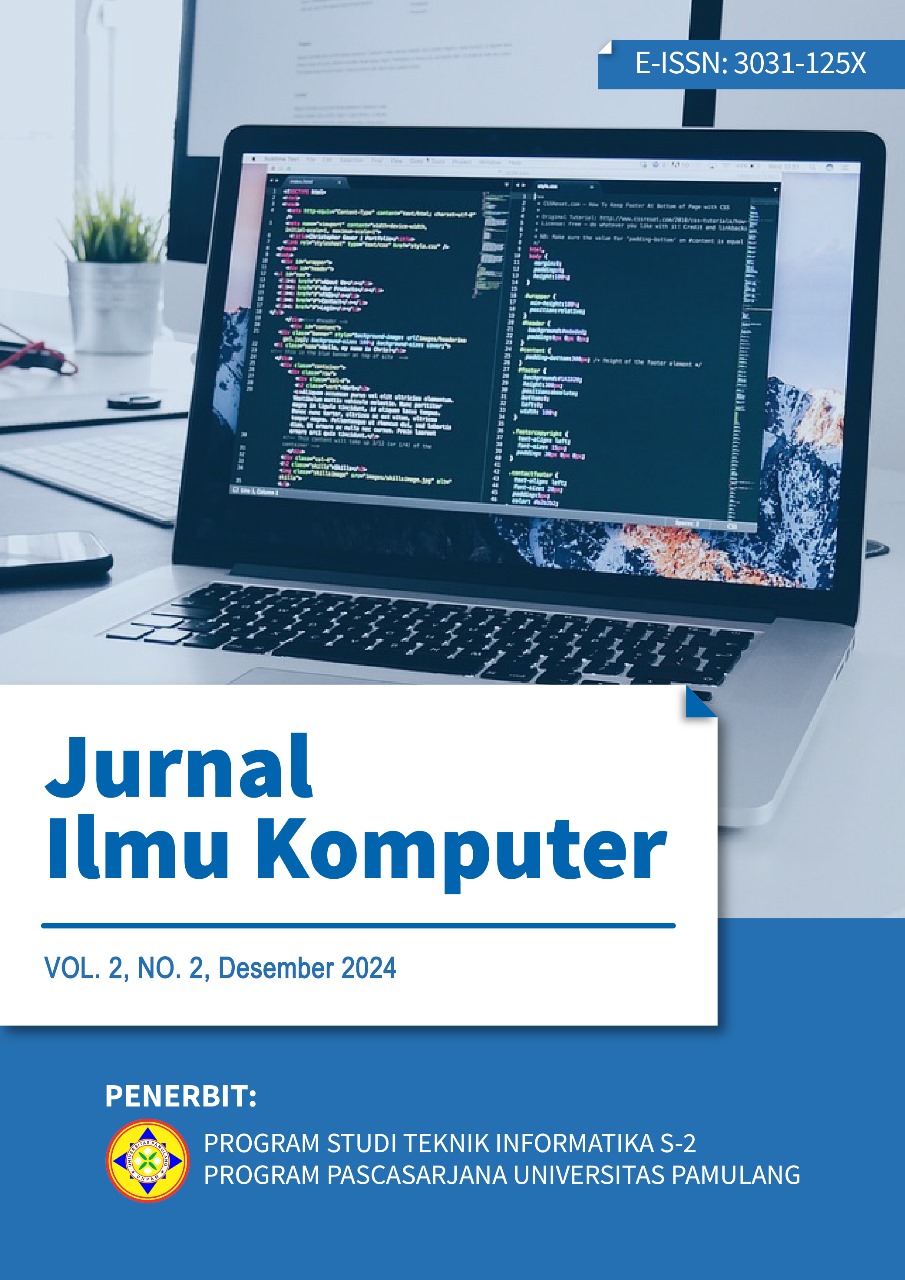Tinjauan Literatur Sistematis Pemodelan ER Untuk Sistem Informasi
Keywords:
ER Modeling, SDLC, Big Data, NoSQL, Cloud Computing, PRISMAAbstract
Entity-Relationship (ER) Modeling is a fundamental approach in the design and development of databases for information systems. ER Modeling has long been recognized as an effective conceptual tool for database design. However, with advancements in technology and changing modern data processing needs, several limitations or gaps have emerged in its application, particularly when it comes to handling complex and heterogeneous data. This research presents a systematic literature review using the PRISMA framework to evaluate the development methodologies of ER Modeling in a modern context, including its challenges and opportunities. The main focus includes the adaptation of ER Modeling to technologies such as big data, NoSQL, and cloud computing. Key research issues related to ER Modeling include limitations in handling big data, challenges in representing semi-structured and unstructured data, a lack of support for dynamic data and schema evolution, limitations in integration with modern technologies, and deficiencies in representing complex relationships. The main findings reveal the traditional ER Modeling's limitations in managing complex, semi-structured, and distributed data, as well as the need for integration with modern technologies such as IoT and machine learning. This research contributes by offering insights into the development of more flexible and adaptive ER Modeling for current data needs.
References
[1] S. Swetha, K. Tejaswini, A. Arun, K. Viswanath, and D. Dilip, "Library management system using Python," Int. J. Conceptions Comput. Inf. Technol., 2024.
[2] Y. Shi, Y. Tao, J. Li, Z. Li, R. Zhang, and F. Chen, "Development of a hepatocellular carcinoma imaging database and structured imaging reports based on PACS, HIS, and repository," 2023.
[3] R. M. Khalifa, S. Yacout, and S. Bassetto, "Quality 4.0: Entity relationship model for inspection and repair processes in aerospace domain," 2021.
[4] M. Azangoo, A. Taherkordi, and J. O. Blech, "Digital twins for manufacturing using UML and behavioral specifications," 2020.
[5] V. Y. P. Ardhana, "Perancangan sistem informasi rekam medis puskesmas berbasis UML," 2021.
[6] P. Vasilev and E. Koleva, "IEC 62264 standard-based manufacturing operations management resource modelling for electron beam welding," 2022.
[7] Y. Yang, Y. Quan, and Y. He, "Research on multi-AGV management system of autonomous navigation AGVs for manufacturing environment," 2021.
[8] P. Arora, S. Saxena, and D. Chopra, "Generalized association rules for ER models by using mining operations on fuzzy datasets," 2023. [Online]. Available: https://www.researchgate.net/publication/369103745
[9] S. Müller, "The role of modelling in organization and business informatics," M.S. thesis, THM Hochschulschriften, 2020. [Online]. Available: https://thmdok.hebis.de/xmlui/bitstream/handle/123456789/351/THM-Hochschulschriften_Mueller_Susanne.pdf?sequence=1&isAllowed=y
[10] C. Jaimez-González, J. Martínez-Samora, and et al., "DiagrammER: A web application to support the teaching-learning process of database courses through the creation of ER diagrams," Int. J. Emerg. Technol. Learn., vol. 15, no. 12, pp. 129–145, 2020. [Online]. Available: https://www.learntechlib.org/p/217368/
Downloads
Published
Issue
Section
License
Copyright (c) 2025 Bonie Wijaya, Muhammad Fahrizal2, Amaliza Afifah Labib3

This work is licensed under a Creative Commons Attribution-ShareAlike 4.0 International License.



